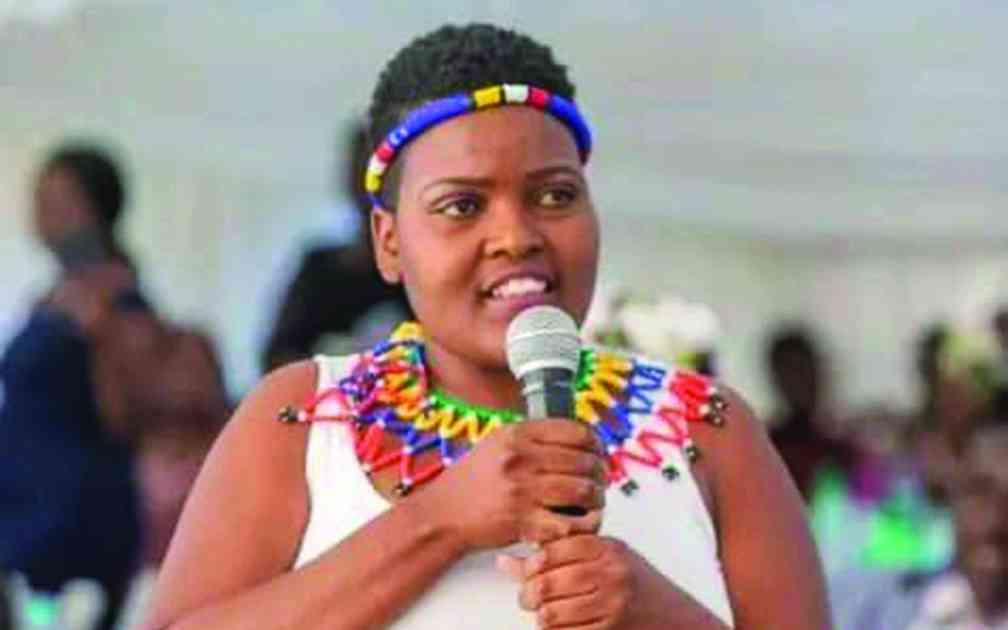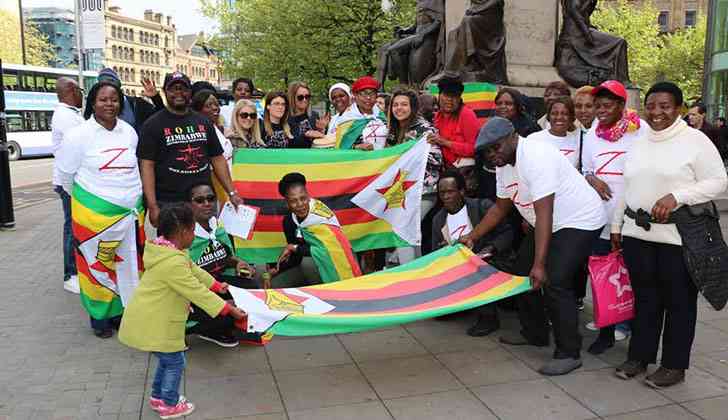
IT seems dust never settles in Mzansi, the land of gold. Just a few weeks after an election that did not deliver an outright winner, the country is embroiled in what seems to be another identity issue. The issue involves a 23-year-old beauty queen Chidimma Vanessa Adetshina whose eligibility to compete in the Miss South Africa pageant stirred national debate.
Before going there, let's start with where the country is today and in the past. The last elections failed to deliver an outright winner forcing the country into a coalition government. The African National Congress (ANC) is now in coalition government with the Democratic Alliance (DA). This is seen by some as the gradual return of the apartheid system via democratic processes, while others see it as protesting the failures of the ANC.
At the centre of all these is the question of national identity — one that has been part of the wider discussion since the years of Witwatersrand Native Labour Association in the 1940s popularly known as Wenela. Via this project, the South African colonial system outsourced labour from neighbouring countries and beyond. It was a way of marginalising black South Africans and rendering them redundant.
Most of those who moved to South Africa to provide labour in mines, farms and factories did not return. They settled in South Africa and acquired South African documentation with the facilitation of their employers. They assimilated the South African cultures to blend in. So that chapter is closed.
With independence in 1994, came the reconciliation policy which gave rise to the rainbow nation idea. It was an idea of embracing a non-racial society that affirmed its ethnic and cultural diversity, while at the same time forcefully opposing the preservation of racial boundaries that were dividing the country.
In simpler terms anyone from anywhere and any background was legally allowed to be South African as long as they met the immigration requirements. It gave those of Western origin — mainly the descendants of the colonial system — their foothold, a scenario that gave rise to where South Africa is today.
Independence also meant South Africa was open to the world and vice versa. Trade between South Africa and other nations commenced at full scale and so did interaction with other nationals and migration because of economic opportunities. Foreigners of different shades and colours mixed, mingled and married — that is part of being a rainbow nation.
Dependence on foreign labour did not end with Wenela neither with independence nor the investment in education. Professionals still troop down south for jobs and the markets still have a high appetite for foreign professionals. Again, those too met, mixed and mingled and settled. There have been professional sports personalities who have worn the South African national colours to give the rainbow nation its ambience. It worked. Didn’t it?
- Zimbabwean migrants making it big in South Africa
- Zimbabwean migrants making it big in South Africa
- Let sport unite us: ED
- The leading South Africa online Casino guide
Keep Reading
With nearly a century of migration into South Africa by different races, the question today is who is the real South African. Not the original. The rainbow nation idea is a national policy that is not rooted in tribes or the original people of that land. It is an open-door policy to the world.
While on the other hand, those historically marginalised remain on the fringes with their efforts to crawl to the centre of the economy thwarted by either the law, the Constitution, lack of capacity or the law of the jungle.
Belonging to a tribe does not bring the rewards of being a citizen or access to opportunities as in other countries. A tribe is not a nationality but just a larger family. That is why tribes transcend national borders. The economy is modernised and goes for merit.
Why not count on the Black Economic Empowerment (BEE) policy — one that aims to facilitate broader participation in the economy by black people? It is an affirmative action policy designed to redress the inequalities created by apartheid. The policy provides businesses which contribute to black economic empowerment according to several measurable criteria, including through partial or majority black ownership, hiring black employees and contracting with black-owned suppliers.
This is the medicine to cure historical marginalisation. But then it was hijacked at birth. The BEE is not for blacks. In fact, blackness is not even a quality. The policy identifies black as an individual who is an African, Coloured or Indian, as well as a South African citizen.
As if this not enough, in June 2008, the Chinese Association of South Africa approached the High Court to be included in the definition of “black people”. This was granted. The BEE from then became the Broad-Based Black Economic Empowerment (B-BBEE) with black referring to Africans, Coloureds, Indians and Chinese people. This was back to default settings of the rainbow nation.
Why is this question becoming pertinent? Chidimma is in the eye of a xenophobia storm after her eligibility to compete for the Miss South Africa title was questioned. She was born in Johannesburg to a Nigerian father and a South African mother who reportedly has Mozambican roots. Some cannot fathom the idea of being represented by a Nigerian sounding name such as Chidimma.
Tapiwa Gomo is a development consultant based in Pretoria, South Africa. He writes here in his personal capacity.










